Introduction
Yellowstone National Park, a geological marvel and a treasure trove of natural wonders, captivates millions of visitors each year with its diverse landscapes and unique geothermal features. From its volcanic origins to the powerful forces of tectonics and glaciation, the park’s geological story is on full display for all to explore. This blog post will guide you through the best spots in Yellowstone to witness the incredible geological processes that have shaped this remarkable landscape.
Yellowstone Caldera and Volcanic Features
The Yellowstone Caldera, a massive volcanic depression, is a testament to the park’s fiery past. Throughout the park, you can witness the legacy of volcanic activity in various forms.
Mud Volcano Area
Located on the east side of Yellowstone Lake, the Mud Volcano Area offers an excellent opportunity to observe the park’s volcanic origins. Here, you can find a collection of mud pots, fumaroles, and hot springs, including the Dragon’s Mouth Spring, which emits steam and water with a thunderous sound.
Old Faithful and the Upper Geyser Basin
Home to the iconic Old Faithful geyser, the Upper Geyser Basin is a must-visit destination for witnessing the park’s geothermal wonders. In addition to Old Faithful, the area boasts over 150 other geysers, such as Castle Geyser and Grand Geyser, as well as numerous hot springs and other thermal features.
Tectonic Activity and the Rocky Mountains
Yellowstone’s location within the Rocky Mountains allows visitors to witness the effects of tectonic activity firsthand. The park’s mountains and valleys showcase the incredible forces that have shaped this landscape over millions of years.
Lamar Valley
The expansive Lamar Valley, located in the northeastern corner of the park, is a prime example of a landscape shaped by tectonic forces. The valley’s wide, U-shaped profile is the result of both tectonic uplift and glacial carving. The Lamar Valley is also an excellent spot for wildlife watching, with frequent sightings of bison, elk, pronghorn, and even wolves.
Grand Canyon of the Yellowstone
The Grand Canyon of the Yellowstone, a stunning gorge carved by the Yellowstone River, showcases the effects of tectonic activity and erosion. The canyon’s colorful walls reveal layers of volcanic rock, providing a glimpse into the park’s geological history. Two breathtaking waterfalls, the Upper and Lower Falls, add to the canyon’s beauty and allure.
Glacial History and Landscapes
Yellowstone’s glacial history is evident in its landforms, valleys, and lakes, offering visitors a chance to appreciate the immense power of ice and time.
Hayden Valley
Hayden Valley, located centrally in the park, is another example of a landscape shaped by glaciation. The valley’s broad, flat floor and steep, U-shaped walls are the result of glacial carving during the last ice age. The valley is also home to a variety of wildlife, including bison, elk, and grizzly bears.
Yellowstone Lake
Yellowstone Lake, the largest high-elevation lake in North America, offers a glimpse into the park’s glacial past. The lake’s basin was carved by glacial ice, which deepened and widened the existing valley. Today, Yellowstone Lake’s stunning blue waters and picturesque shoreline provide a serene setting for visitors to enjoy. In addition to its glacial history, the lake is also home to underwater geothermal features, which can be explored through guided boat tours.
Geothermal Features and Their Locations
Yellowstone’s geothermal features, including hot springs, geysers, mud pots, and fumaroles, can be found throughout the park. Here are some notable locations where visitors can experience these unique geological wonders.
Norris Geyser Basin
The Norris Geyser Basin, the park’s oldest and hottest thermal area, features a diverse array of geothermal features. The basin is divided into two sections, the Porcelain Basin and the Back Basin, each offering unique landscapes and thermal features. Notable attractions in the Norris Geyser Basin include Steamboat Geyser, the world’s tallest active geyser, and Echinus Geyser, known for its frequent eruptions.
West Thumb Geyser Basin
Located on the shores of Yellowstone Lake, the West Thumb Geyser Basin offers a combination of geothermal features and stunning lake views. Visitors can explore boardwalk trails that wind through the basin, passing colorful hot springs, geysers, and fumaroles. Notable features in the West Thumb Geyser Basin include Abyss Pool, a deep, vividly blue hot spring, and Fishing Cone, a unique geyser submerged in the lake’s waters.
Mammoth Hot Springs
Situated in the northern region of the park, Mammoth Hot Springs is a large complex of hot springs and travertine terraces. The terraces, formed by the deposition of calcium carbonate from the hot spring water, create a striking, otherworldly landscape. Visitors can explore the area via boardwalks and trails, taking in the unique geological formations and the colorful, steaming springs.
Conclusion
Yellowstone National Park offers an unparalleled opportunity to explore the Earth’s geological history and marvel at the natural wonders that have been shaped by powerful forces over millions of years. As you visit the park’s diverse landscapes, from its volcanic caldera to its glacier-carved valleys and geothermal features, you’ll gain a deeper appreciation for the dynamic processes that continue to shape our planet. So, pack your bags, grab a camera, and embark on a journey to witness the geological wonders of Yellowstone National Park.


